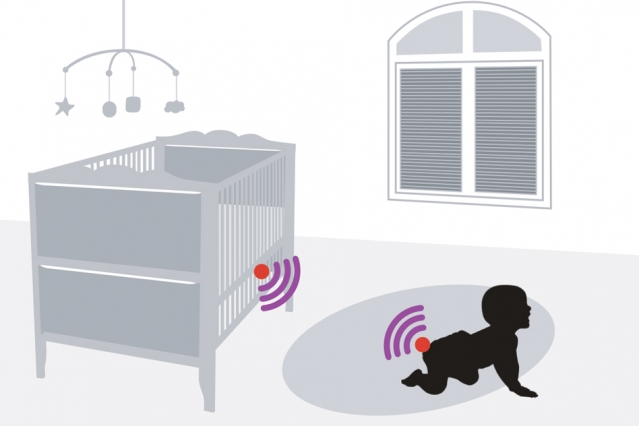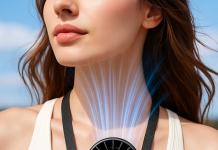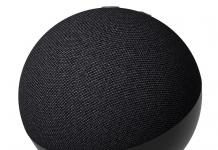
MIT has just announced that it has developed a smart diaper that runs on radio frequency identification (RFID) technology. The smart diapers notify caregivers when diapers are wet so that they can immediately change them. The technology makes use of FASTag, which most people can recognize as the sensor that powers their cars’ windshields.
The sensor detects when the diaper is damp and notifies the caregiver immediately on a smartphone or computer via a nearby receiver. These sensors are low-cost and will prove to be immensely useful for hospital and home-based caregivers.
Both adults and infants benefit from these smart diapers
Diapers are necessary not only for infants but also for adults who suffer from incontinence. A host of medical and physical conditions necessitate the use of diapers among adults. Accidents, physical disabilities, old age, surgeries, etc. can make adults depend on diapers. Their caregivers often find it difficult and embarrassing to ask when the diapers need to be changed.
Thanks to this non-intrusive and smart technology, caregivers can quickly change the diapers and that too without causing much embarrassment to the adult wearer. A research assistant at the MIT, Pankhuri Sen, agreed that adults can use this smart diaper as well. Infants too benefit from this product as wet diapers can cause rashes and other skin conditions.
How does the smart diaper work?
MIT places the RFID tag just below the superabsorbent polymer in diapers. This is a kind of hydrogel that absorbs moisture quickly and is also mildly conductive. This is just enough for the RFID tag to detect wetness and send signals to a reader placed less than a meter away. The sensor may cost less than 2 cents to manufacture. Mass production of these sensors in order to meet the demands of the market may be very easy.
Wearable technology and RFID tags may revolutionize caregiving
Wearable technology is developing at an astounding rate. Companies and researchers are increasingly looking at ways to exploit wearable technology in order to bring better healthcare services. Sensors and RFID tags play an important role in this matter, as caregiving requires constant surveillance. IoT, wearable technology and sensors form the holy trinity of making caregiving more sustainable and non-intrusive in the coming months and years.










